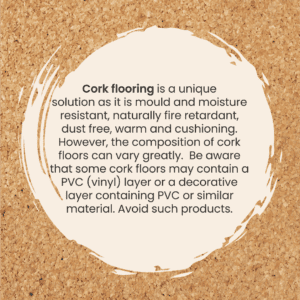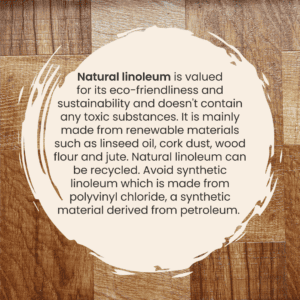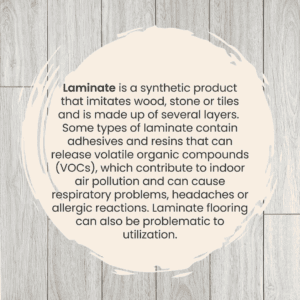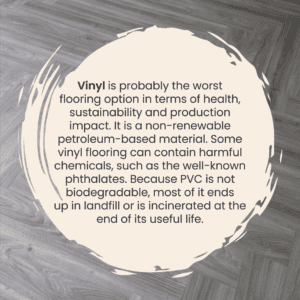
Eco-friendly flooring options for your home renovation
18 February 2025
When it comes to choosing flooring for our homes or workplaces, aesthetics, comfort and cost are often the main considerations. What many people overlook, however, are the hidden health and environmental impacts that certain flooring materials can have.
Flooring materials can have a significant impact on the environment, from resource extraction to disposal. For example, a common material such as vinyl flooring, which is primarily made from polyvinyl chloride (PVC), a petroleum-based plastic, relies on energy-intensive processes that emit large amounts of greenhouse gases, contributing to climate change. It also produces non-recyclable toxic waste after consumer usage, adding to the landfill problem.
Health problems associated with flooring are mainly due to the release of harmful chemicals and allergens from the material or its surface treatment. Many synthetic floor coverings such as vinyl, composite wood flooring (like laminate) and some carpets can emit VOCs, such as formaldehyde, as well as phthalates, which can cause respiratory problems, allergic reactions, and in severe cases, long-term health risks such as asthma or hormone disruption.












